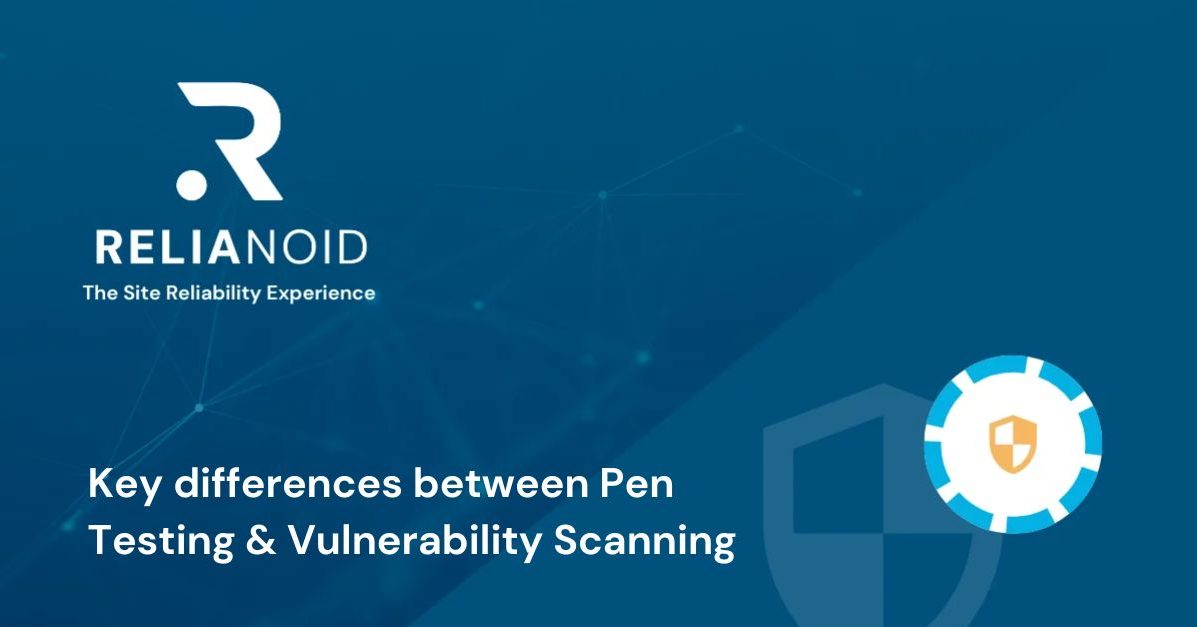
The distinction between penetration testing and vulnerability scanning is often blurred. However, understanding their nuanced disparities is crucial for organizations to tailor their security strategies effectively.
While both methodologies contribute to fortifying defenses, they diverge significantly in their approaches, objectives, and outcomes. Let’s embark on a journey to unravel the intricacies of these two essential practices.
Penetration Testing
Commonly known as pen testing, is akin to a simulated cyber attack orchestrated by skilled professionals to unearth vulnerabilities within an organization’s digital infrastructure. Unlike vulnerability scanning, which merely identifies weaknesses, pen testing ventures beyond by actively exploiting these vulnerabilities to assess their potential impact on the system’s integrity and confidentiality.
Key Characteristics of Penetration Testing
Hands-On Engagement: Pen testing involves manual intervention, leveraging the expertise of cybersecurity professionals to emulate real-world attack scenarios and identify vulnerabilities that automated tools might overlook.
Realistic Simulation: By mirroring the tactics employed by malicious actors, pen testing provides a realistic assessment of an organization’s security posture, offering insights into potential breach points and attack vectors.
Holistic Evaluation: Penetration testing extends beyond the technical realm, scrutinizing not only technical vulnerabilities but also assessing the efficacy of organizational policies, employee awareness, and incident response mechanisms.
Risk-Centric Analysis: Pen testing prioritizes vulnerabilities based on their likelihood of exploitation and the potential impact on critical business assets, enabling organizations to allocate resources efficiently for remediation efforts.
Actionable Insights: The culmination of a pen test is a comprehensive report outlining identified vulnerabilities, exploitation techniques, and actionable recommendations to bolster security defenses.
Vulnerability Scanning
In contrast, vulnerability scanning is a systematic process of scanning networks, systems, and applications to pinpoint known vulnerabilities. Unlike pen testing, vulnerability scanning operates primarily through automated tools, swiftly identifying weaknesses without attempting to exploit them.
Key Characteristics of Vulnerability Scanning
Automated Detection: Vulnerability scanning relies on automated tools equipped with extensive databases of known vulnerabilities, swiftly scanning IT assets to identify potential weaknesses.
Database-driven Analysis: Utilizing databases like Common Vulnerabilities and Exposures (CVE), vulnerability scanners compare system configurations and software versions against known vulnerabilities, highlighting areas susceptible to exploitation.
Non-Intrusive Approach: Unlike pen testing, vulnerability scanning does not involve active exploitation of vulnerabilities, ensuring minimal disruption to ongoing operations.
Continuous Monitoring Capability: Vulnerability scanning can be scheduled periodically or executed on-demand, facilitating continuous monitoring of an organization’s security posture and prompt identification of emerging threats.
Prioritized Remediation Guidance: Vulnerability scanning furnishes organizations with a prioritized list of identified vulnerabilities, categorizing them based on severity levels to streamline the remediation process and mitigate risks effectively.
Harnessing load balancers with Pen Testing and Vulnerability Scanning
How does load balancers like RELIANOID may harness penetration testing (pen testing) and vulnerability scanning to ensure the security and reliability of their solution? See below to discover how we do it.
Penetration Testing (Pen Testing)
1. Internal Penetration Testing: Developers Team may conduct internal penetration tests on their own infrastructure and software components to identify potential vulnerabilities and weaknesses. This involves simulating attacks from within the network to assess the security posture of their systems.
2. External Penetration Testing: Developers Team may also engage third-party penetration testing firms to perform external assessments from the perspective of an external attacker. This helps identify security gaps that could be exploited by malicious actors outside the organization’s network.
Vulnerability Scanning
1. Continuous Vulnerability Scanning: Developers Team may utilize automated vulnerability scanning tools to continuously scan their software and infrastructure for known vulnerabilities and misconfigurations. These scans help identify security weaknesses that need to be addressed promptly to reduce the risk of exploitation.
2. Patch Management: Based on the results of vulnerability scans, Developers Team can prioritize and apply patches and updates to their software and systems to remediate identified vulnerabilities. This helps ensure that their solutions are protected against known security threats.
Secure Development Lifecycle (SDL)
1. Developers Team should follow a secure development lifecycle approach, integrating security practices throughout the software development process. This includes conducting security reviews and threat modeling during the design phase, implementing secure coding practices during development, and performing security testing, including pen testing, during the testing phase.
2. By embedding security into their development process, Developers Team aim to proactively identify and mitigate security risks before their solutions are deployed in production environments.
Compliance and Certification
1. Developers Team may seek compliance with industry standards and regulations related to cybersecurity, such as ISO 27001, PCI DSS, or SOC 2. Compliance with these standards often involves rigorous security testing and assessment to demonstrate the effectiveness of their security controls.
2. Achieving certifications and compliance demonstrates vendor’s commitment to security and provides assurance to customers regarding the reliability and security of their load balancing solution.
Overall, by incorporating pen testing, vulnerability scanning, secure development practices, and compliance efforts into their security program, load balancing vendors can enhance the reliability and security of their load balancing solution, helping to protect their customers’ critical infrastructure and data.
Comparison
In essence, while both pen testing and vulnerability scanning contribute to enhancing cybersecurity resilience, they diverge significantly in their methodologies and objectives.
Penetration testing immerses in hands-on exploration, replicating real-world attack scenarios to provide holistic insights into an organization’s security posture.
Conversely, vulnerability scanning operates through automated means, swiftly identifying known weaknesses to facilitate prioritized remediation efforts.
By harnessing the strengths of both approaches, organizations can establish a multi-layered defense strategy, mitigating risks effectively and safeguarding against evolving cyber threats.
Want to discover more about how the most reliable load balancer is harnessing the solution? Contact with our experts Team.




